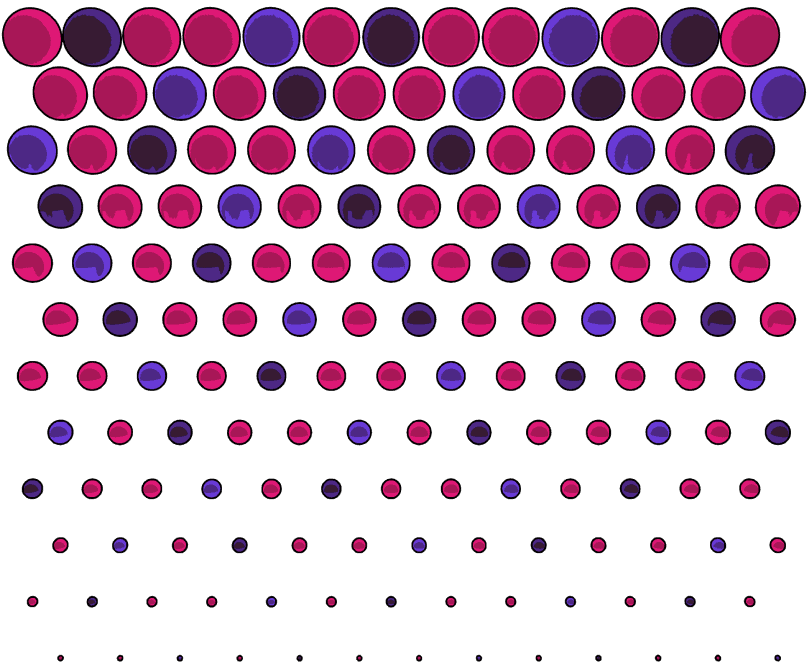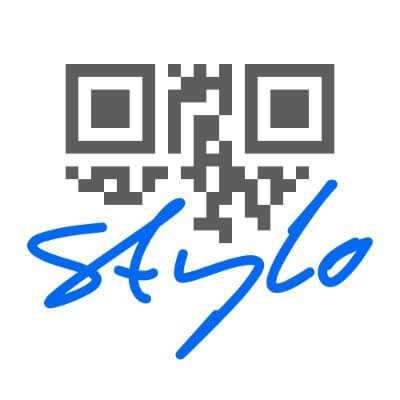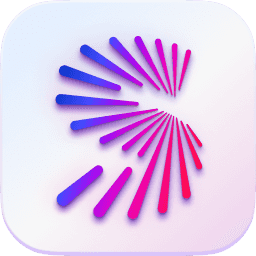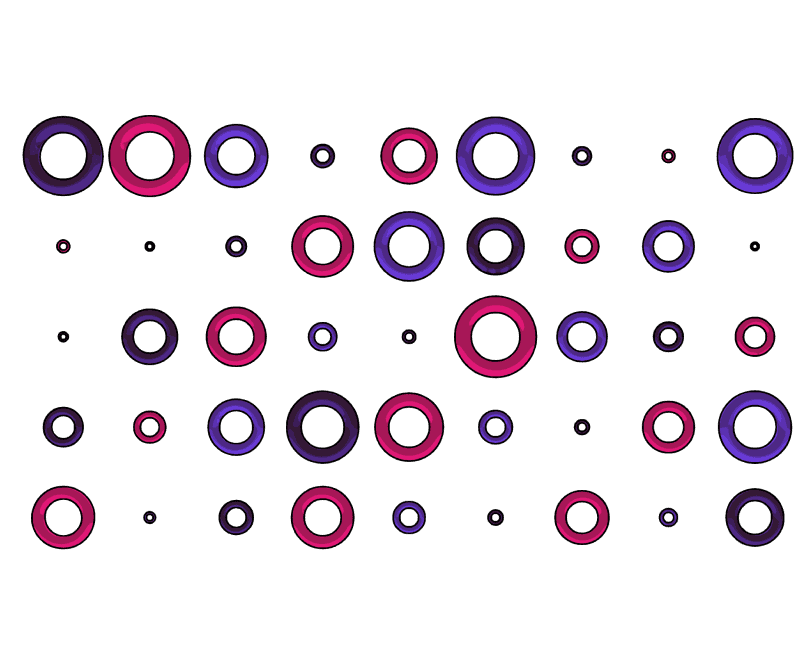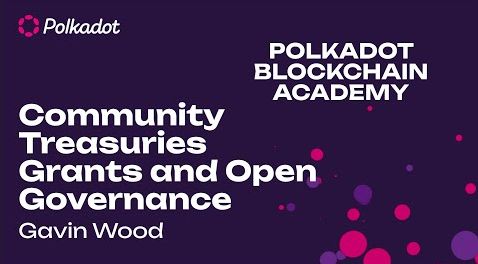Proposals
General spending proposals are the best method when a person or team has an idea for a project that they would like to complete, earning DOT in return. Proposers put together a detailed plan for the project and a desired budget, solicit feedback from the community, and submit the proposal as an on-chain referendum if community feedback is positive.
Start the conversation
Download Element↗ if you don’t already have it, join the Polkadot Direction↗ channel, and ask the community for feedback on your proposal idea. Be prepared to answer questions.
Draft your proposal for Polkadot or Kusama
Your proposal should address a problem, outline a goal, give a detailed account of how you will reach that goal, and include any ongoing maintenance needs. As much as possible, you should itemize the tasks to be completed so fees can be evaluated and milestones can be followed. You can fill out either a proposal template for Polkadot↗ or a template for Kusama↗.
Revise your proposal
Incorporate the feedback received and revise your proposal accordingly.
Submit it on-chain
If your proposal has enough positive reviews, submit it↗ on-chain as an OpenGov referendum for a vote.
Report on your progress
Be sure to report to the community on the progress of your project via governance forums, showing relevant deliverables, results, links to work done, and any success metrics if relevant. This is crucial for ensuring accountability and community alignment, particularly if you want to continue working with treasury funds in the future. You can use this report template↗.
